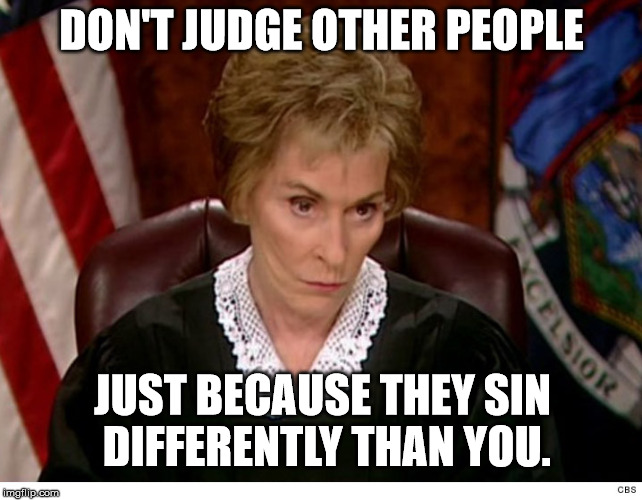John Wayne was not much of an actor as he had no range of parts played.
American actor, director, and producer
John Wayne (1907–1979) began working on films as an extra, prop man and
stuntman, mainly for the
Fox Film Corporation. He frequently worked in minor roles with director
John Ford and when
Raoul Walsh suggested him for the lead in
The Big Trail (1930), an epic Western shot in an early
widescreen process called
Fox Grandeur, Ford vouched for him.
[a] Wayne's early period as a star would be brief, as Fox dropped him after only three leads. He then appeared in a string of low-budget action films (mostly Westerns) before garnering more recognition with the 1939 film
Stagecoach.
During the 1940s and early 1950s, Wayne starred in
Reap the Wild Wind (1942),
Wake of the Red Witch (1948),
Fort Apache (1948),
She Wore a Yellow Ribbon (1949),
Rio Grande (1950), and
Red River (1948). Some of his more notable war movies include
Flying Tigers (1942),
The Fighting Seabees (1944),
They Were Expendable (1945), and
Sands of Iwo Jima (1949), for which he was nominated for an
Academy Award for Best Actor.
The 1950s would see Wayne star in an Ireland-set romantic comedy
The Quiet Man (1952) and two westerns,
The Searchers (1956) and
Rio Bravo (1959). Wayne also continued his producing activities during this period, and formed his own production company,
Batjac. During the 1960s and 1970s, Wayne starred in more Westerns, such as the 1969 film
True Grit, in which his role as
Rooster Cogburn earned him an
Academy Award for Best Actor. He would reprise that role in the 1975 film
Rooster Cogburn. He also played in several war films, including
The Longest Day (1962) and
In Harm's Way (1965).
Wayne starred in his final film,
The Shootist in 1976, ending his acting career of 50 years, 169
feature length films,
[2] and various other television appearances or
voice-overs.

 www.kolotv.com
www.kolotv.com








